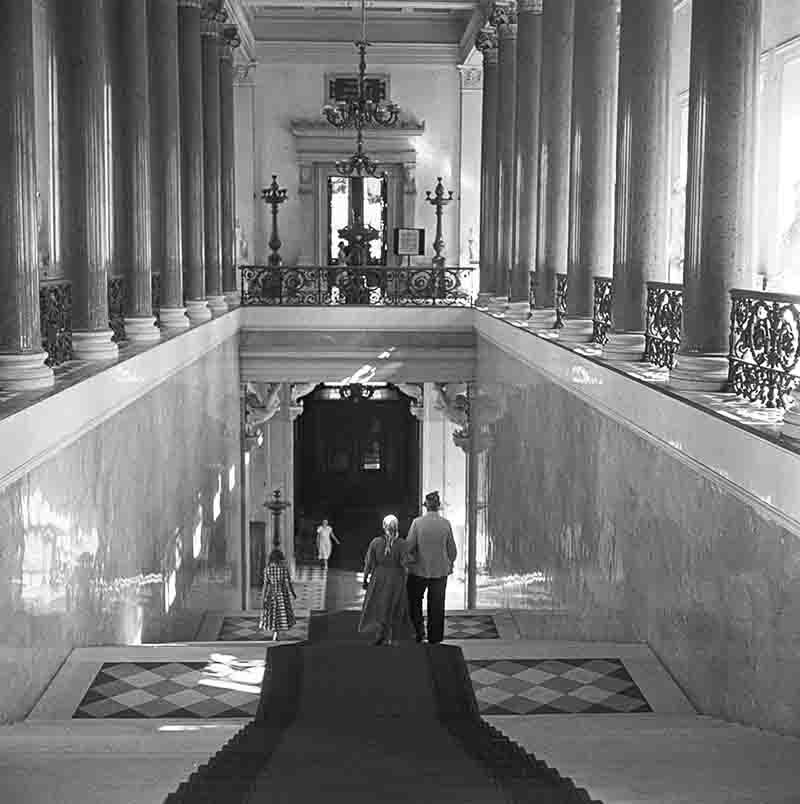- Kaiser Wilhelm TOC:
Discover Kaiser Wilhelm II's Life at House Doorn
The last German Emperor Kaiser Wilhelm II lived in exile in House Doorn in the Netherlands in the years 1920 to 1941. The estate was acquired by him in 1919. Today Huis Doorn is open to the public and serves as a museum. It displays the personal belongings and artifacts of the late monarch.
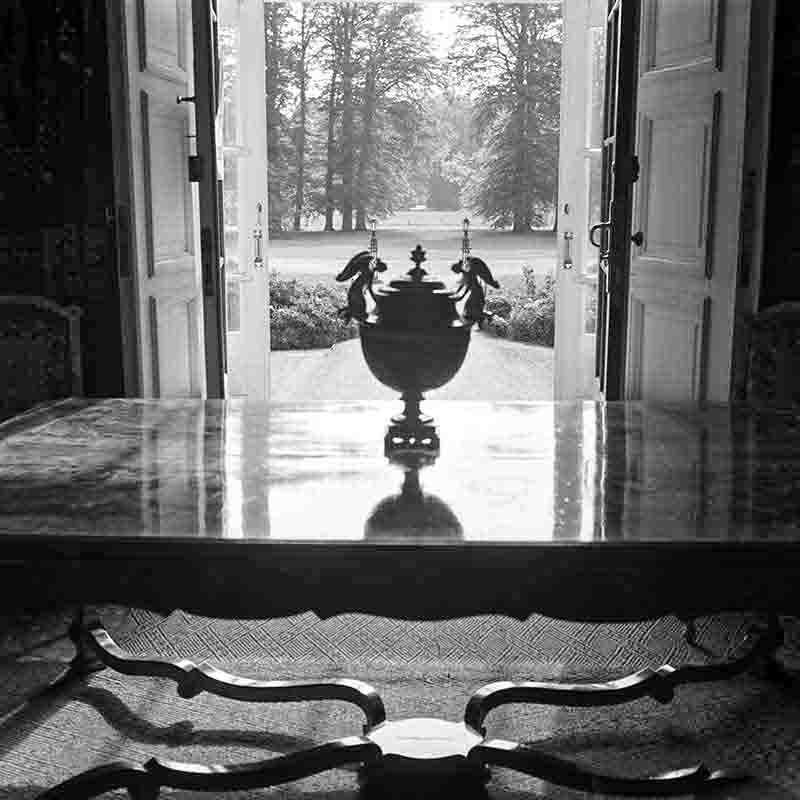
Peter Bock-Schroeder photographed the workroom of Wilhelm II, the deathbed of Queen Auguste Victoria, the library, the unique art collection, decorative tobacco boxes, the porcelain tableware, letters from Queen Victoria and other remembrances of the imperial era.
German Imperial Exile
House Doorn, the residence of Wilhelm during his exile, is a significant historical landmark. The house was built in the late 19th century in a neo-renaissance style and has a large park surrounding it. It was originally owned by a wealthy Dutch businessman.
The house served not only as Wilhelm's residence, but also as a place for political meetings and a rallying point for the German nobility.
The Imperial residence is an important historical landmark that provides insight into the life of Kaiser Wilhelm II during his exile.
It is also a reminder of the fall of the German Empire and the impact it had on the lives of those who lived through it.
The house and its exhibits offer a unique perspective on history and provide a glimpse into the life of one of the most significant and tragic figures of the 20th century.
House Doorn has a rich history and has been a popular tourist destination for many years.
Manor house and national museum Doorn
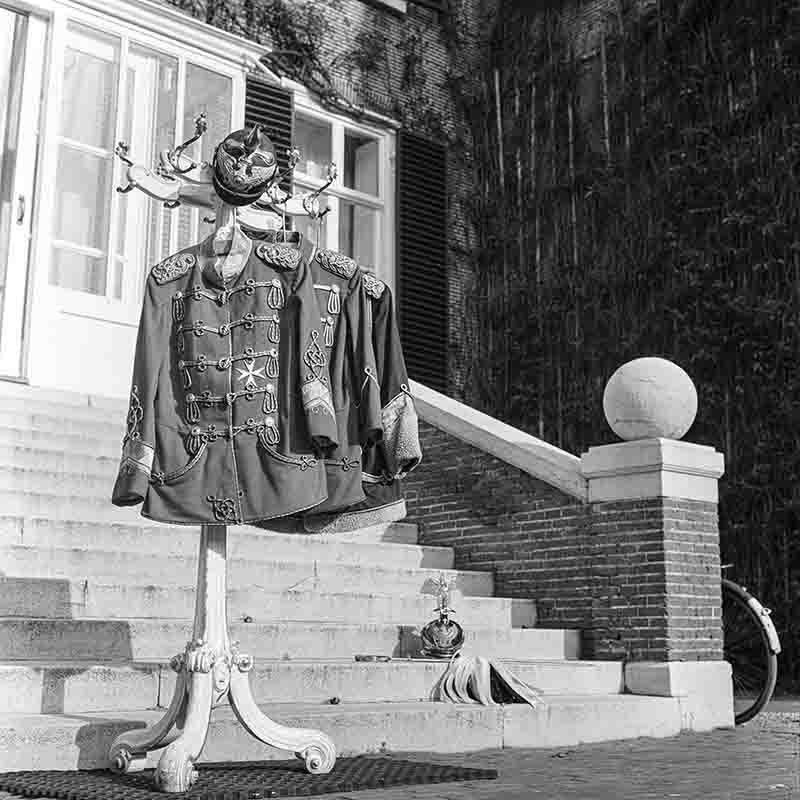
The German Kaiser's final residence was seized by the Dutch government in 1959 and was turned into a museum. It was opened to the public in 1960 and since then it has attracted many visitors from all over the world who want to learn more about the history of the house and the life of Wilhelm II.
Today, Huis Doorn is a museum open to the public for tours. Visitors can explore the house and see the personal possessions of Wilhelm, including his furniture, artwork, and other items that he collected during his lifetime.
The house features exhibits on the history of the German Empire and the life of Wilhelm in exile.
The gardens, which were so important to Wilhelm, are also open to visitors and are a beautiful spot to explore.
A Visit to Kaiser Wilhelm's House Doorn
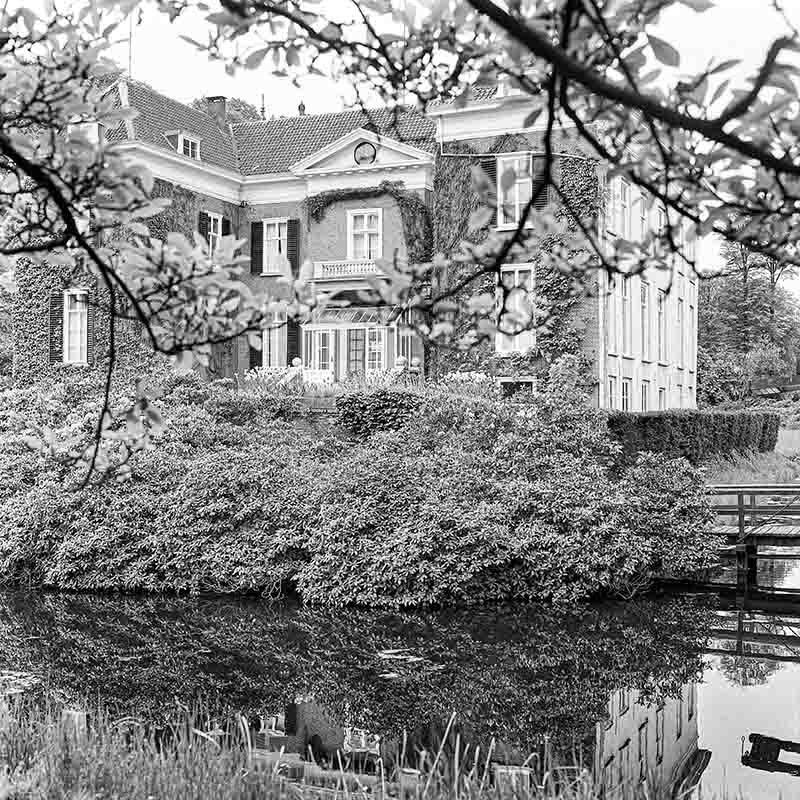
In addition to the permanent exhibits, the house also hosts special events to learn more about Wilhelm and the history of the German Empire in an engaging and interactive way.
House Doorn is a popular destination for visitors to the Netherlands, attracting thousands of visitors every year.
The museum offers a unique glimpse into the life and legacy of Kaiser Wilhelm II and provides an important window into the history of Germany and the world.
The museum features numerous exhibitions, including Kaiser Wilhelm's personal collections of antiques, such as Baroque silver and porcelain, as well as paintings and furniture from the seventeenth and eighteenth centuries.
Visitors can also see his private rooms, including his study, bedroom, and dining room, which have been preserved just as they were during his lifetime.
The Significance of the Imperial residence
✅ Subscribe and become a channel member:
The museum is a valuable resource for scholars and researchers, offering a wealth of information on the life and times of Kaiser Wilhelm II, as well as the art and antiques of the seventeenth and eighteenth centuries.
House Doorn is a testament to Kaiser Wilhelm's passion for the arts and sciences and serves as a lasting tribute to his legacy.
The house, located in Doorn, Netherlands, was furnished with many items from Wilhelm's previous palaces and residences.
The Last Emperor's Exile
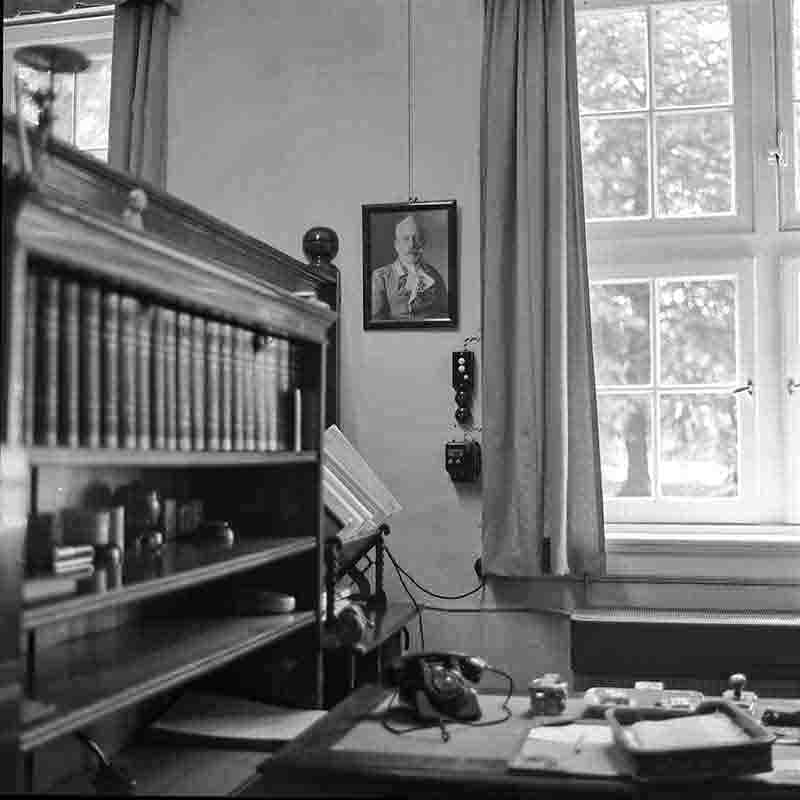
During his exile in Doorn, Wilhelm lived a relatively quiet and isolated life. The last German Emperor was restricted to a radius of 15 kilometers around the estate. He spent much of his time at the house, where he had a small staff to attend to his needs.
The conversion and furnishing of the rooms took place in 1920. The interior was brought from the Berlin City Palace, Bellevue Palace, Charlottenburg Palace and the New Palace in Potsdam.
German Finance Minister Albert Südekum approved the release "for the furnishing of the imperial flat" in 1919. The shipment was made to Holland in 59 Railway carriages.
In particular, Wilhelm's relationship with Eduard von der Heydt, banker and renowned art collector, proved extremely useful in transferring funds.
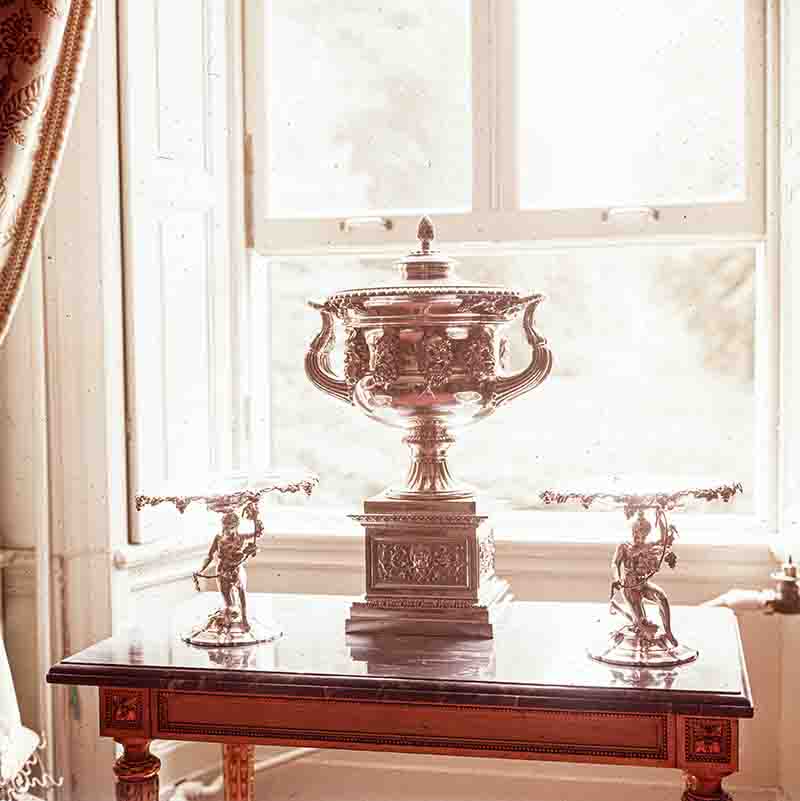
The considerable financial resources made it possible for Doorn House to be renovated and modernised. Equipped with the highest level of comfort, it was transformed into a royal mansion and a royal lifestyle was maintained.
Kaiser Wilhelm II's exile in Holland had a total of 40 rooms and was equipped with the latest facilities and technologies of its time, including central heating, electric lighting and a telephone line.
Sawing or chopping wood became his passion. Wilhelm II was also a passionate dog lover. He buried his beloved Dachshunds in the park at Huis Doorn, his residence-in-exile.
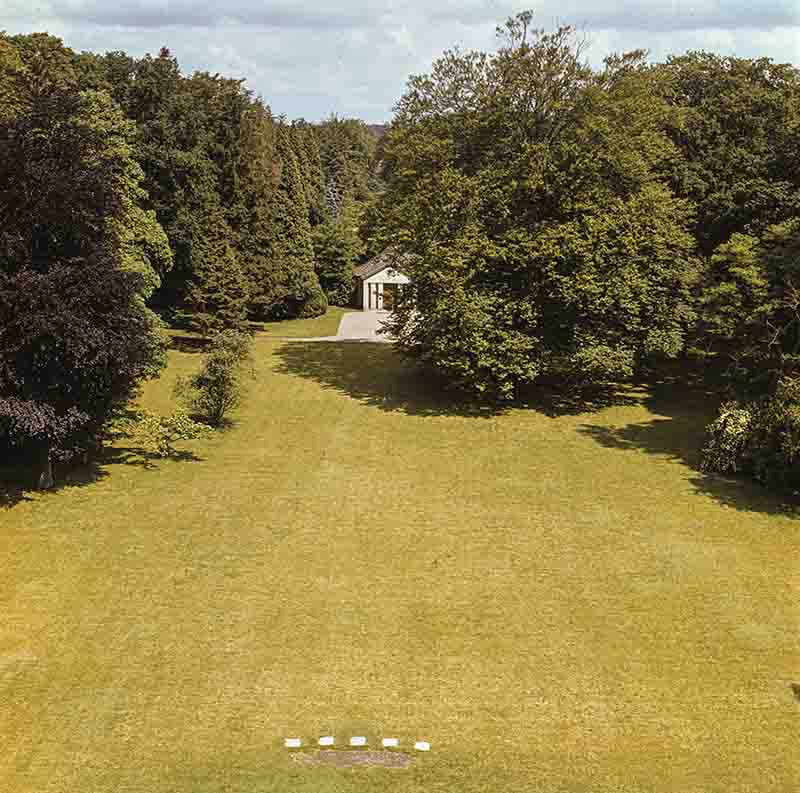
Kaiser Wilhelm II
Kaiser Wilhelm II was one of the most significant and controversial figures of the 20th century. He ruled Germany from 1888 to 1918, a period of great social, economic, and political upheaval.
He played a pivotal role in the events leading up to World War I, and his policies and leadership have been the subject of much historical debate and analysis.
Kaiser Wilhelm II was born in Berlin on January 27, 1859, to Victoria, Princess Royal, and Prince Frederick William of Prussia. He was the oldest of the 42 grandchildren of his maternal grandparents, Queen Victoria and Prince Albert.
Wilhelm was a first cousin of the future King George V, as well as of Queens Marie of Romania, Maud of Norway, Victoria Eugenie of Spain, and the Empress Alexandra of Russia
At the time of his birth, he was also sixth in the line of succession to the British throne, after his maternal uncles and his mother.

Upon the death of Frederick William IV in January 1861, Wilhelm's paternal grandfather became king, and the two-year-old Wilhelm became second in the line of succession to Prussia.
After 1871, Wilhelm also became second in the line to the newly created German Empire, which was ruled by the Prussian king.
During his reign, Kaiser Wilhelm II was known for his strong personality, conservative views, and support of the military.
He was a patron of the arts and sciences, with a particular interest in archaeology, natural history, and photography.
However, his rule was marked by several controversies, including his opposition to democracy and his support of the First World War, which ultimately led to his abdication in 1918.
After the war, Kaiser Wilhelm went into exile in the Netherlands, where he lived for the rest of his life. Despite his controversial legacy, he remains a fascinating figure of German history.
The Kaiser's Final Residence
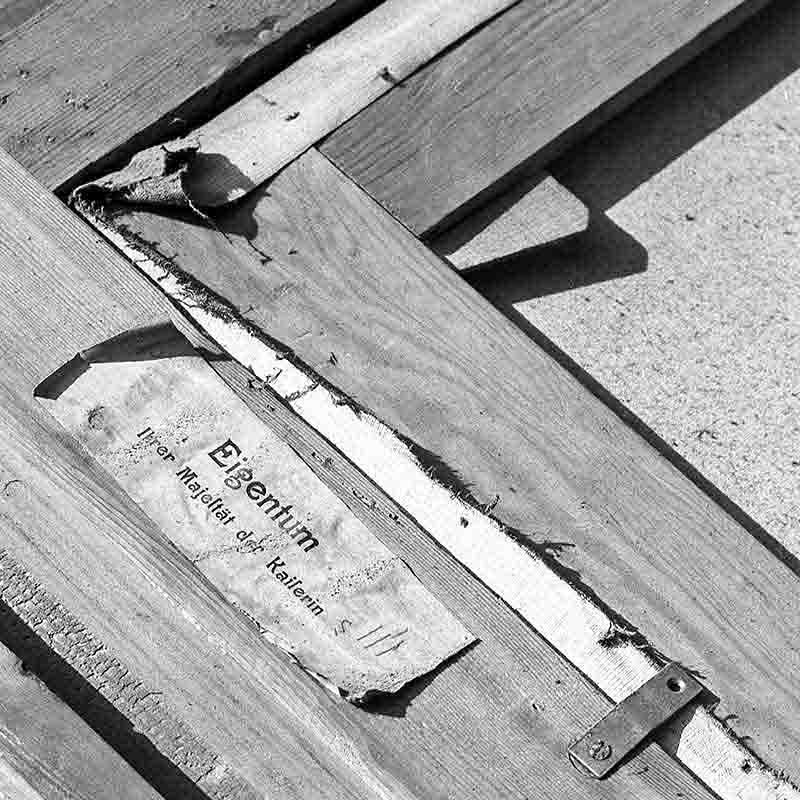
His first wife, Augusta nicknamed Dona, died at Huis Doorn on April 11th 1921 and her body was taken back to Potsdam in Germany, where she was buried in the Antique Temple. Wilhelm could only accompany her on her last journey as far as the German border.
Wilhelm's upbringing was heavily influenced by his mother, Victoria, Princess Royal, German Empress and Queen of Prussia, wife of German Emperor Frederick III, who was deeply religious and imbued her son with a sense of duty to God and country.
She was the first-born child of Queen Victoria of the British Commonwealth and Prince Albert of Saxe-Coburg and Gotha and had a strong sense of English culture and traditions, which Wilhelm would come to admire and emulate throughout his life.
As a result of a forceful birth, Wilhelm’s left arm was weaker than his right, and he struggled to use it throughout his life. This led to a noticeable physical deformity and meant that Wilhelm couldn't participate in many sports or activities that required the use of both hands.
Wilhelm was educated by a number of private tutors, including the famous historian Ernst Curtius and the philosopher Friedrich Paulsen. As a teenager, Wilhelm became fascinated with the Military and dreamed of becoming a great general.
He was particularly taken with the Prussian military and its history of military success. This fascination only grew as he got older, and he became increasingly convinced that Germany needed a powerful military to secure its place in the world.
Wilhelm's early life was marked by privilege, education, and exposure to the highest levels of German and European society. However, it was also marked by tragedy, with the loss of his father at a young age, and a growing sense of duty and responsibility to his country and family.
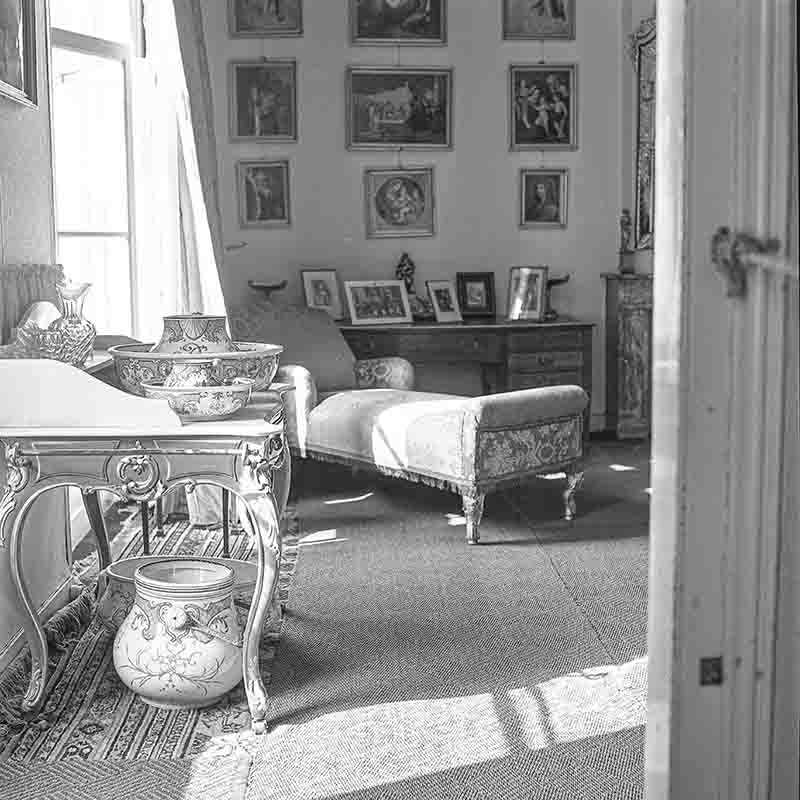
The historic estate offers a glimpse into the life and interests of this complex figure and provides a fascinating window into a key moment in European history.
Kaiser Wilhelm II ascended to the throne on June 15, 1888, following the sudden death of his father, Kaiser Frederick III, who had reigned for only 99 days. At the time of his accession, Wilhelm was just 29 years old and had not been prepared for the role of emperor. He was a strong-willed and impulsive man who believed that the emperor was the supreme authority in the state and that his word was law.
Wilhelm's accession to the throne marked a turning point in German history. His grandfather, Kaiser Wilhelm I, had presided over the unification of Germany in 1871, and his father, Frederick III, had been a liberal reformer who sought to modernize the German state. Wilhelm II, by contrast, was a conservative who believed in the divine right of kings and saw himself as a warrior-king who would lead Germany to greatness through military might.
As emperor, Wilhelm was determined to expand Germany's power and influence in the world. He was a strong supporter of colonialism and believed that Germany should have a "place in the sun" alongside the other great powers of Europe. He also sought to build up Germany's military and navy, which he saw as essential to maintaining the country's status as a world power.
Wilhelm's ascension to the throne was met with both excitement and trepidation. Many Germans were hopeful that he would bring a new era of prosperity and greatness to the country. However, his impulsive and erratic behaviour would soon cause controversy and concern, both within Germany and abroad.
Kaiser Wilhelm's private rooms
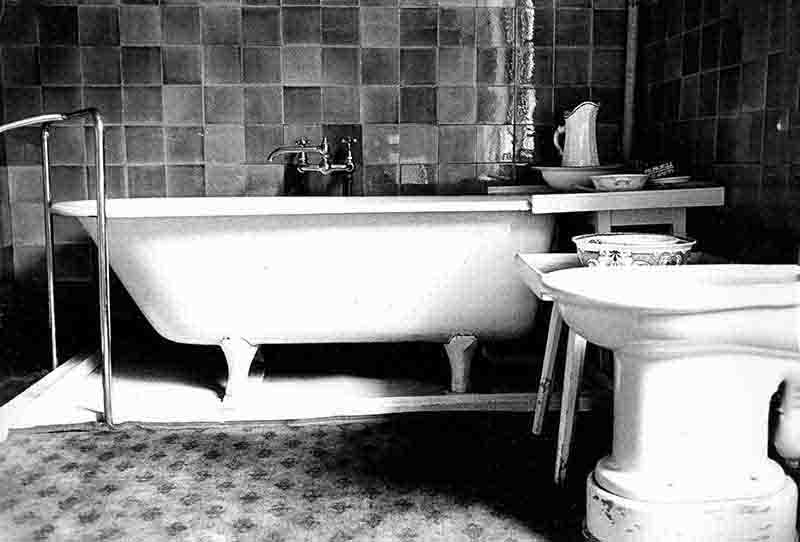
Wilhelm's very private side in Doorn: the bathroom with washstand and dishes, and the blue and gold glazed toilet bowl hidden in a cupboard.
Kaiser Wilhelm II's foreign policy was characterised by his belief in the importance of Germany's status as a world power and his desire to expand German influence and territory. He believed that Germany should assert itself on the world stage and not be content with being a secondary power. This led to a policy of aggressive expansion and the pursuit of alliances and colonial territories.
One of Kaiser Wilhelm's most notable foreign policy initiatives was his decision to build up the German Navy and challenge the dominance of the British Royal Navy. This naval arms race, which began in the late 19th century and continued into the early 20th century, was seen as a direct challenge to British power and influence. It also led to tensions between Germany and other European powers, particularly France and Russia, who saw Germany's expansion as a threat to their own interests.
Kaiser Wilhelm's foreign policy also included a focus on acquiring colonial territories. Under his leadership, Germany established colonies in Africa and the Pacific, including Togo, Cameroon, Tanzania, Namibia, and Papua New Guinea. These colonies were seen as symbols of Germany's status as a world power and were intended to provide economic resources and strategic advantages.
However, Kaiser Wilhelm's foreign policy was not always successful. His attempts to create a German-dominated Europe through the use of diplomacy and alliances were undermined by the complex web of competing interests and alliances that existed among the various European powers. His support for Austria-Hungary in the lead-up to World War I ultimately led to Germany's defeat and the loss of its overseas territories.
The Life of Kaiser Wilhelm II
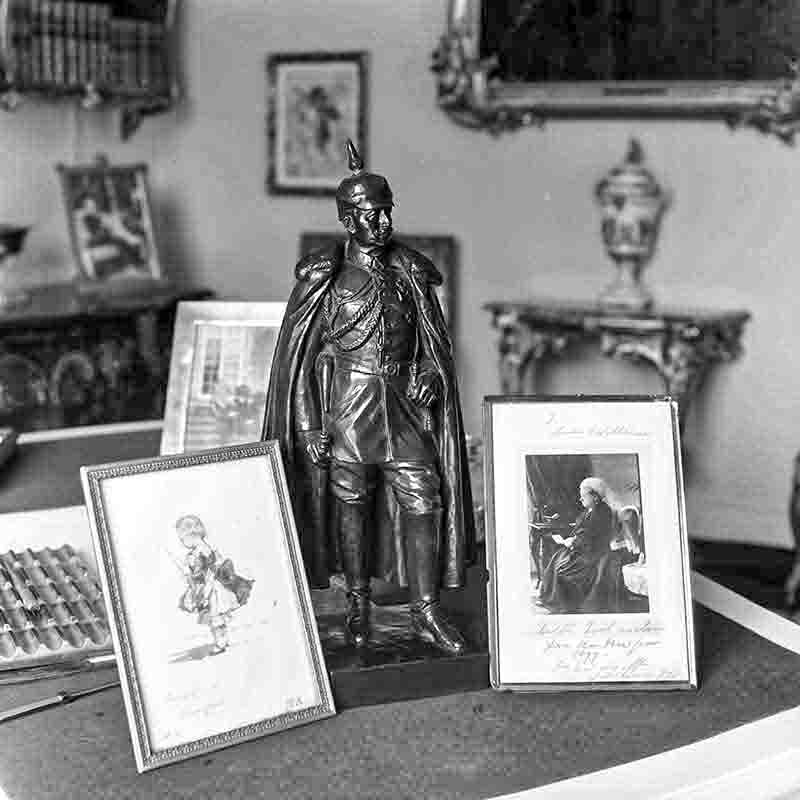
Kaiser Wilhelm II's role in World War I is a highly debated topic among historians. While some believe that he played a significant role in the outbreak and escalation of the war, others argue that he was merely a figurehead and had little actual power.
One of the main ways in which Wilhelm influenced the start of the war was through his support for Austria-Hungary in its conflict with Serbia. Wilhelm saw the conflict as an opportunity to assert Germany's power and influence in Europe, and he encouraged Austria-Hungary to take a strong stance against Serbia. When Austria-Hungary declared war on Serbia on July 28, 1914, Wilhelm gave his full support.
Wilhelm also played a role in the Schlieffen Plan, which was Germany's military strategy for winning the war. The plan called for a rapid invasion of France through Belgium, followed by a quick defeat of the French army before turning to face Russia in the east. Wilhelm was a strong proponent of the plan, and he pushed for its implementation despite concerns from some military leaders.
As the war progressed, Wilhelm's role became more symbolic than practical. He continued to make speeches and public statements in support of the war effort, but he had little direct control over military strategy or decision-making. Some historians argue that Wilhelm's erratic behavior and tendency to interfere in military matters actually harmed Germany's war effort.
In the end, Kaiser Wilhelm's role in World War I is a complex and multifaceted issue. While he certainly played a role in the start of the war and was a vocal supporter of Germany's military efforts, it is unclear how much actual influence he had over the course of the conflict. Regardless, the war had a profound impact on Wilhelm's reign and ultimately led to his abdication in 1918.
Kaiser Wilhelm II expressed the view that Queen Victoria, the grandmother of King George, Kaiser Wilhelm and Tsar Nicholas, would not have tolerated the first World War if she had been alive.
Beyond the Fall of the German Empire
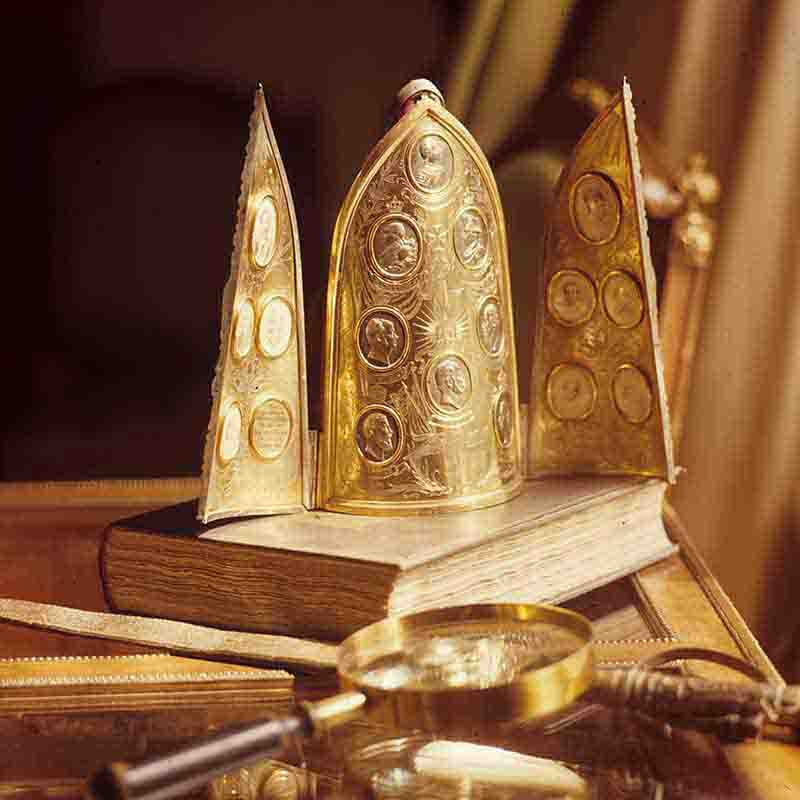
Kaiser Wilhelm's abdication and exile were the result of the German Empire's defeat in World War I. The war had taken a heavy toll on Germany, both in terms of casualties and resources. The country was facing economic ruin and political unrest. The Kaiser's role in the war, particularly his aggressive foreign policy, had also come under intense criticism.
In November 1918, the German Revolution erupted, and the Kaiser was forced to abdicate on November 9. He fled to the Netherlands, where he was granted asylum. The Dutch government's decision to allow the Kaiser to live in exile was controversial, and it strained relations between the Netherlands and the victorious Allied powers.
He chose to reside in Doorn, a small town located in the province of Utrecht. The last German emperor lived in House Doorn from 1920 until his death in 1941.
The monarchy's last and strongest support had been broken, and finally even Hindenburg, himself a lifelong royalist, was obliged, with some embarrassment, to advise the Emperor to give up the crown.
Despite the Nazi occupation of the Netherlands in 1940, Wilhelm and his household went undisturbed by the Wehrmacht.
While in exile, Kaiser Wilhelm lived a relatively quiet life, mostly staying out of the public eye. He continued to receive visits from German aristocrats and military officers, and he corresponded with his family and other European royals.
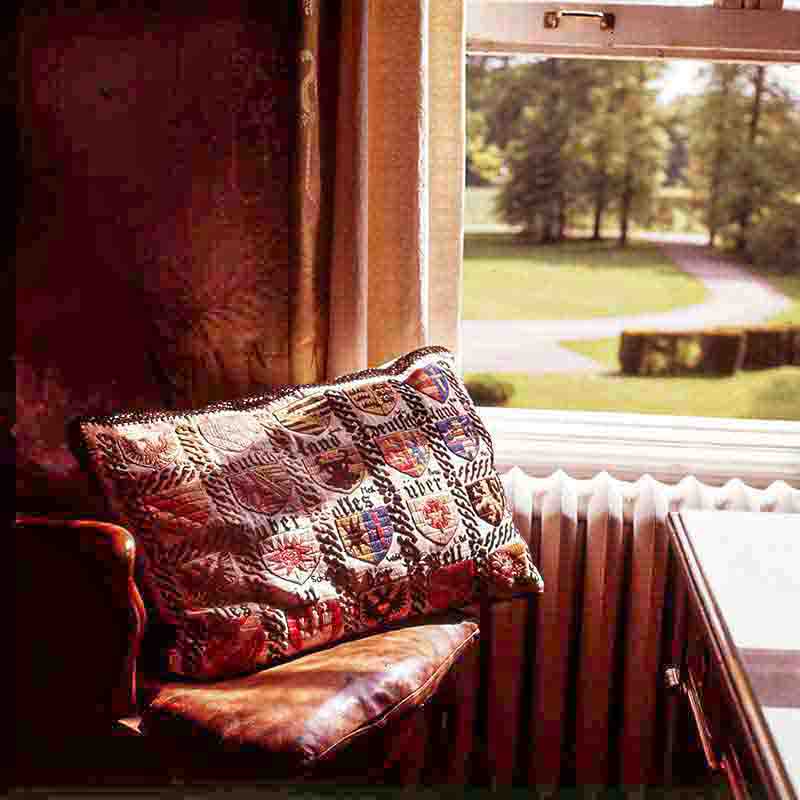
Wilhelm remained interested in military affairs and wrote extensively about them in his memoirs, as well as offering commentary on the international political situation.
Despite his controversial views and actions, there were some who sympathised with Wilhelm's plight in exile. Many Germans viewed him as a victim of the political turmoil of the time, and some even saw him as a symbol of a bygone era of greatness and power.
Wilhelm on Hitler, December 1938
"There's a man alone, without family, without children, without God ... He builds legions, but he doesn't build a nation. A nation is created by families, a religion, traditions: it is made up out of the hearts of mothers, the wisdom of fathers, the joy and the exuberance of children ... For a few months, I was inclined to believe in National Socialism. I thought of it as a necessary fever.
And I was gratified to see that there were, associated with it for a time, some of the wisest and most outstanding Germans. But these, one by one, he has got rid of or even killed ... He has left nothing but a bunch of shirted gangsters! This man could bring home victories to our people each year, without bringing them either glory or danger.
But of our Germany, which was a nation of poets and musicians, of artists and soldiers, he has made a nation of hysterics and hermits, engulfed in a mob and led by a thousand liars or fanatics."
Death of Kaiser Wilhelm II
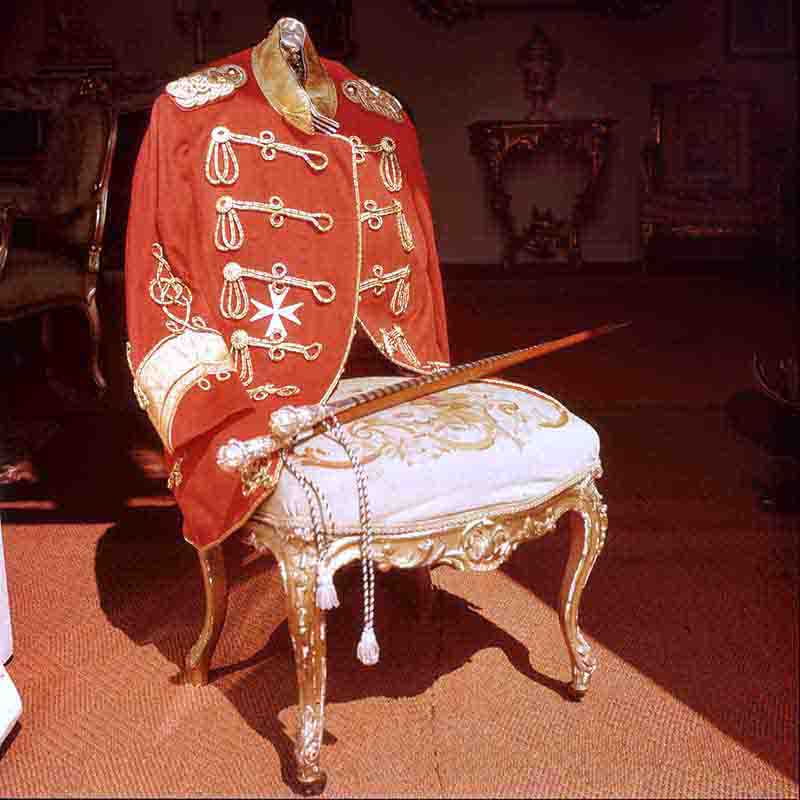
The 82-year-old Wilhelm II died in Doorn on 4 June 1941 and was buried in a mausoleum in the park at his own request.
Kaiser Wilhelm II's grave has become a pilgrimage site for German royalists and supporters of the monarchy.
After World War II, the Dutch government briefly considered repatriating the Kaiser's remains to Germany, but this idea was abandoned due to fears of unrest and protests. The Kaiser's tomb in Doorn remains a tourist attraction to this day.
The monarch's last words were: I'm sinking, I'm sinking ...
The Legacy of Kaiser Wilhelm II
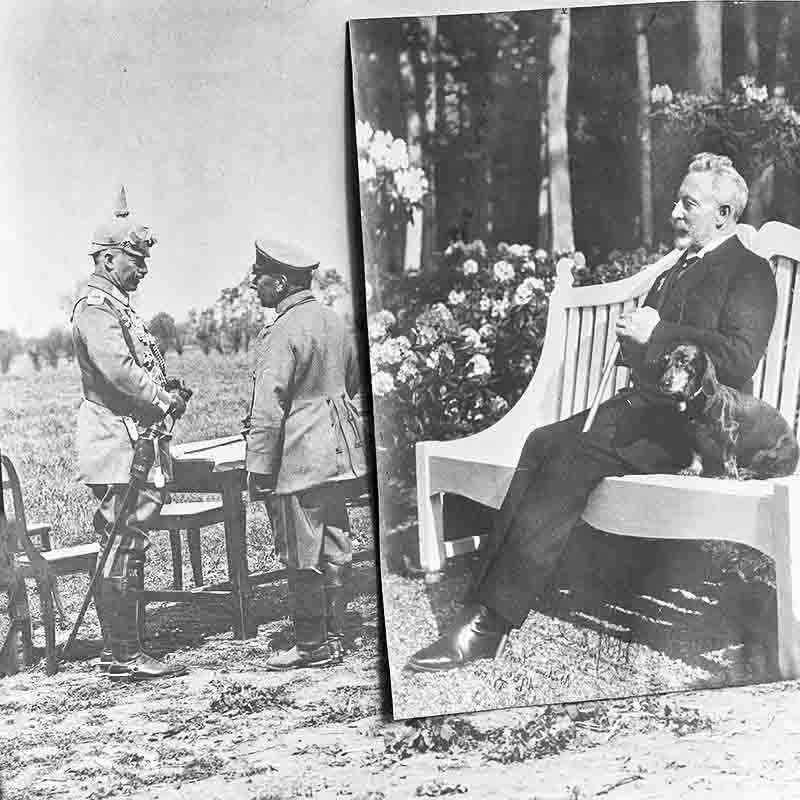
Kaiser Wilhelm II's legacy is complex and has been subject to various interpretations over time. Here are several aspects that shape the legacy of the last German emperor:
-
Controversial figure: Kaiser Wilhelm II is a controversial figure in German history. Some see him as a warmonger who led Germany to ruin, while others view him as a misunderstood ruler who faced difficult circumstances and was unfairly blamed for World War I.
-
Architect of German naval expansion: One of Kaiser Wilhelm II's most significant legacies is his role in expanding the German navy. He wanted to make Germany a global power and believed that a strong navy was crucial to achieving this goal. However, this led to a naval arms race with Britain, which was a contributing factor to the outbreak of World War I.
-
Catalyst for World War I: Kaiser Wilhelm II is often seen as a key player in the events leading up to World War I. His aggressive foreign policy and desire for a larger German Empire contributed to tensions in Europe and made war more likely.
-
Symbol of German imperialism: Kaiser Wilhelm II is also seen as a symbol of German imperialism and militarism. He believed in the concept of "Might is Right" and wanted Germany to be a dominant power in Europe. This attitude contributed to tensions with other nations and helped to create the conditions for World War I.
-
Symbol of Germany's defeat: Kaiser Wilhelm II is also associated with Germany's defeat in World War I. His abdication in November 1918 marked the end of the German monarchy and the beginning of the Weimar Republic. His reign is often seen as a symbol of a bygone era, and his legacy is intertwined with the turbulent history of Germany in the 20th century.
-
Kaiser Wilhelm’s reign continues to be a subject of historical debate and analysis.
Wilhelm's biographer Lamar Cecil identified Wilhelm's "curious but well-developed anti-Semitism", noting that in 1888 a friend of Wilhelm "declared that the young Kaiser's dislike of his Hebrew subjects, one rooted in a perception that they possessed an overweening influence in Germany, was so strong that it could not be overcome"
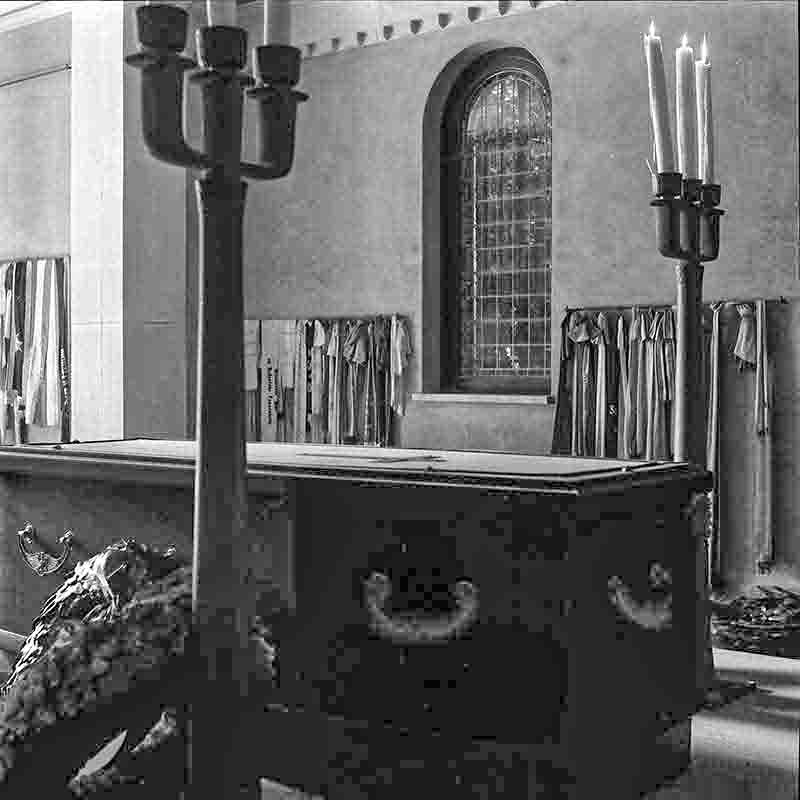
House Doorn in its unaltered state
The interior of House Doorn was disarranged from its original appearance by a conversion in the 1980s. However, thanks to the extensive photo reportage and hundreds of original negatives and vintage prints by Peter Bock-Schroeder (1913-2001), it is possible to recreate the exact atmosphere of the residence occupied by the last German emperor in Holland.
House Doorn Rare Photos
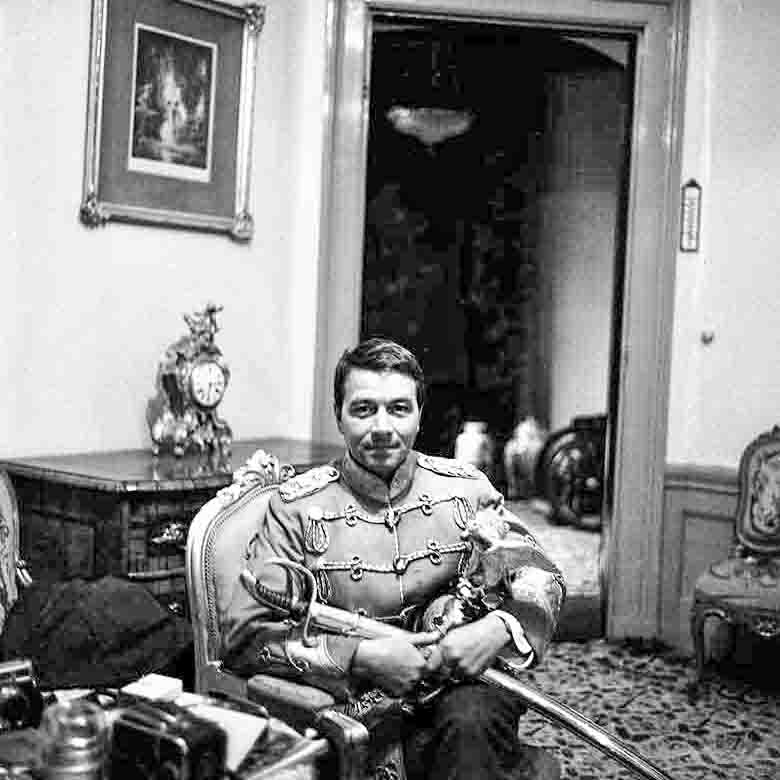
Exploring the private life of Kaiser Wilhelm II in exile
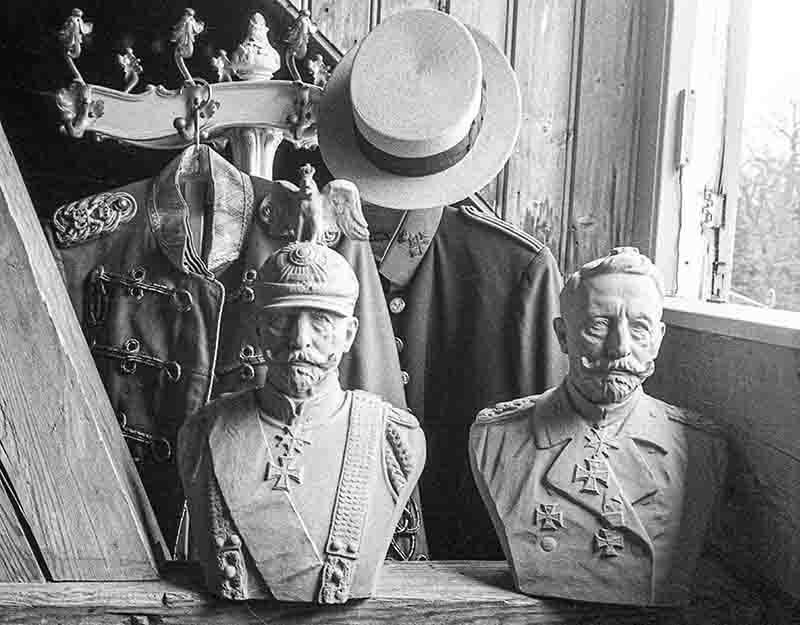
Kaiser Wilhelm II, the last German emperor and king of Prussia, lived in exile at House Doorn in the Netherlands from 1920 until his death in 1941. The story of his life at House Doorn is one of fascinating historical interest.
Despite being stripped of his titles and powers after World War I, Wilhelm II maintained his regal bearing at House Doorn, where he lived in a style befitting a monarch.
Today, House Doorn is a museum that preserves the memory of Kaiser Wilhelm II's life in exile. Visitors can tour the house and grounds, including the rooms where Wilhelm II and his wife lived, and see many of the personal items that belonged to the former emperor. The mausoleum is also open to the public.
The story of Kaiser Wilhelm II at House Doorn is one of resilience, determination, and perseverance in the face of adversity. It is a story that continues to fascinate and inspire people today.
